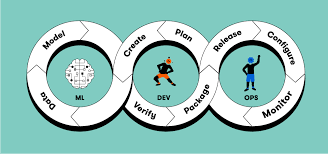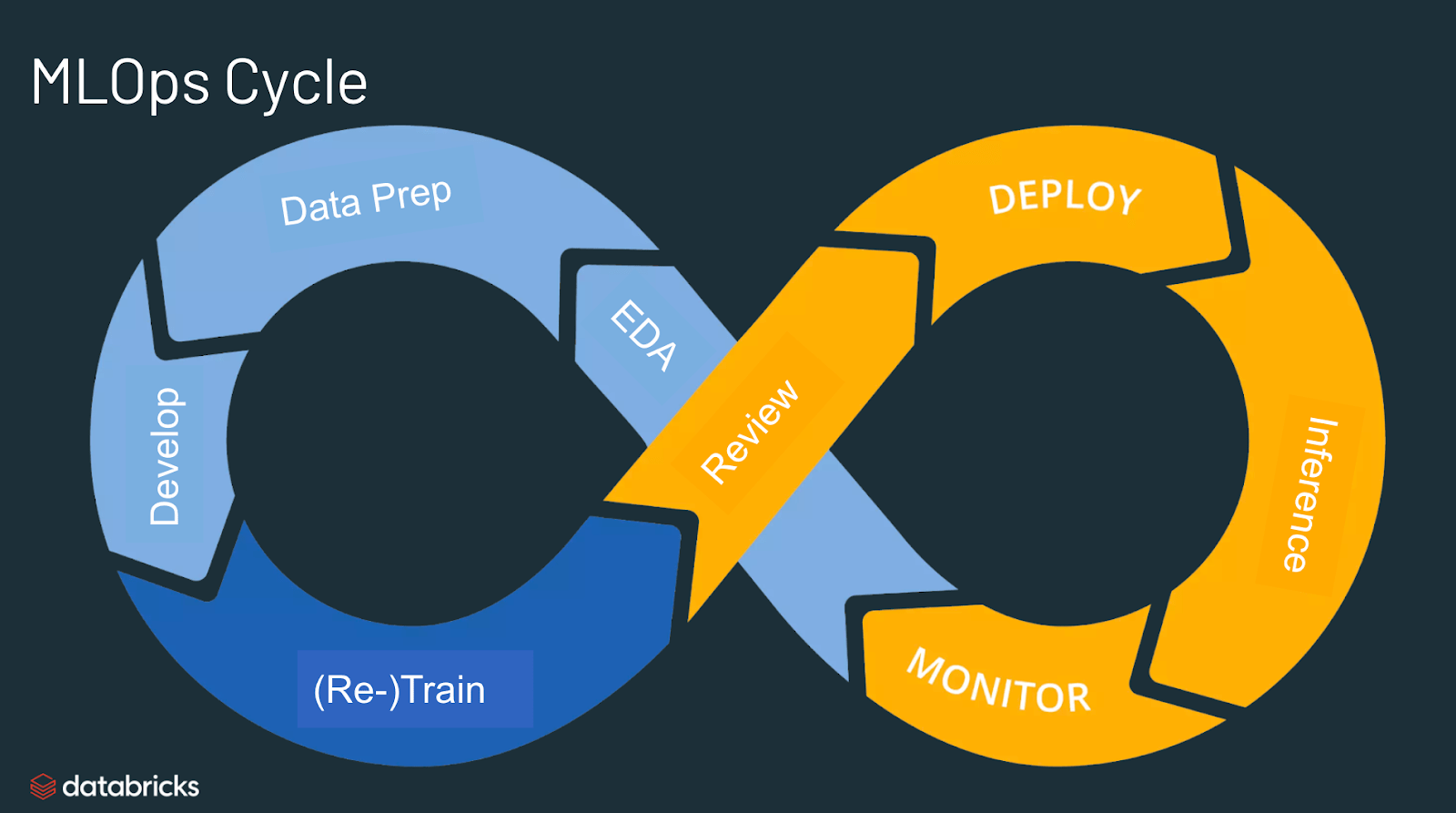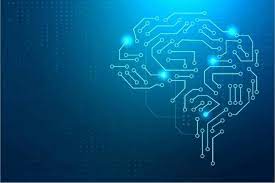Hello!
 Imagine that you are a digital map application. You collect live data from cell towers, GPS signals, and anonymous users. This includes information such as travel times, traffic speeds, and roadworks. Every data source is unique and each one has different ownership. Access, formats, accuracy,y, and access can all change depending on signal strength.
Imagine that you are a digital map application. You collect live data from cell towers, GPS signals, and anonymous users. This includes information such as travel times, traffic speeds, and roadworks. Every data source is unique and each one has different ownership. Access, formats, accuracy,y, and access can all change depending on signal strength.
Thanks to the internet of things (IoT), connected gadgets, artificial intelligence (AI,) and machine learning (ML), it’s possible to forecast and broadcast real-time map updates even when certain data streams are not available.
The task of managing the increasing amount of data is difficult. Manually developing, validating and deploying, monitoring, managing, and reporting on datasets in ML modeling production is difficult. This task involves many stakeholders and multiple teams. Even though the process is completed, data is often outdated and requirements have changed. Algorithms need to be tweaked.
 Many data problems can be solved by machine learning operations (MLOps). This is why the emphasis now shifts away from amending ML algorithms to more on improving data management and the quality of AI-training data.
Many data problems can be solved by machine learning operations (MLOps). This is why the emphasis now shifts away from amending ML algorithms to more on improving data management and the quality of AI-training data.
MLOps platforms are a great solution for advanced data management. What exactly does MLOps do?
For A Stronger Impact, Operationalize AI and ML
MLOps platforms speed up time-to-delivery by automating processes throughout data preparation, model evaluation, validation, validation, and finally prediction generation. They are designed to standardize and optimize the processes involved in managing ML model lifecycle management.
 Let’s suppose you train your ML model using imagery to distinguish huskies from wolves. The machine learned that snow is an attribute of huskies by basing its algorithms on the data set and not features. Instead of assuming that 90% of the images are huskies, an automated process could identify this percentage and alert MLOps teams.
Let’s suppose you train your ML model using imagery to distinguish huskies from wolves. The machine learned that snow is an attribute of huskies by basing its algorithms on the data set and not features. Instead of assuming that 90% of the images are huskies, an automated process could identify this percentage and alert MLOps teams.
This could help to avoid making erroneous conclusions and raise awareness about the anomaly so that further investigation can be done.
MLOps help ensure data accuracy. They are responsible for identifying and correcting any errors and extending the data points per image to enable the ML model to identify the less obvious differences. MLOps platforms assist data experts by automatically validating and retraining to find these additional features as new data becomes available.
The AI-powered MLOps platform automates the validation process so operations teams can instantly see data quality at every stage of the data cycle and be able to address issues quickly.
Boost Scalability
 Many companies use ML models to achieve their business goals. However, scaling models is the most difficult problem.
Many companies use ML models to achieve their business goals. However, scaling models is the most difficult problem.
This governance and gatekeeping make it easy to scale quickly when data conforms to standards and is validated.
The MLOps platforms outline the best practices and standards for data lifecycle. This makes company data reproducible for data preparation, training, and maintenance. Companies that expand into new areas can replicate the data pipeline and return to earlier datasets and metrics at any stage to fix potential problems.
You might have an example of a linehaul model that predicts parcel delivery logistics. This allows you to expand to last-mile service and replicate your data pipeline. It also saves time in preparing data for your model development. Recalling our map application, trucks must have real-time routing in order to make the fastest journey possible based on traffic, road width, and other obstacles. The required data already meets the standards.
 MLOps platforms can be used by companies that have large amounts of data and are growing in their plans.
MLOps platforms can be used by companies that have large amounts of data and are growing in their plans.
The trained model can already evaluate features such as the height, tail size, and eye color of huskies, so it can calculate these dimensions when incorporating images from german shepherds.
It is easier to scale quickly by implementing set processes that take into account every stage of the model’s lifecycle. This includes discovery, preparation, evaluation, prediction, and prediction. This eliminates duplication across teams and allows you to identify all issues more holistically.
Also read:
- The Complete Guide to Venue Selection
- How You Can Apply Flywheel Thinking Model to Your Company’s Budget
- Mastering SEO for Fintech Firms
Increase Collaboration
Knowledge sharing is an essential aspect of fast-growing and thriving businesses. However, it can be difficult to maximize across departments.
 MLOps platforms allow users to save winning projects and retrieve data in the future. They place a lot of emphasis on data, workflows, model visibility, and modeling. Experts from different disciplines can participate in the MLOps process by creating user-friendly dashboards that visualize all the data. This allows them to understand the entire data journey.
MLOps platforms allow users to save winning projects and retrieve data in the future. They place a lot of emphasis on data, workflows, model visibility, and modeling. Experts from different disciplines can participate in the MLOps process by creating user-friendly dashboards that visualize all the data. This allows them to understand the entire data journey.
A data analyst might be responsible for managing the data vision and assets of your business. They can also help with problems related to data collection and usage.
A logistics data analyst might know that there are no tire requirements in Italy. However, they also know that the UK has a minimum tread depth of 1.6mm. If you breach this legal limit, you will be subject to a PS2,500 fine. This information is vital for their colleagues who create and curate vehicle delivery dates. They can replicate the selection model for national logistics planning, and then add parameters for UK trips.
It is possible to reduce silos only if all teams are committed to their roles within the platform. All stakeholders from both development and operations must be aware of the purpose and what tools are available. Also, make sure they understand how each member will use these tools and who is responsible.
 Businesses should think about their future plans and consider more business initiatives when choosing an MLOps platform.
Businesses should think about their future plans and consider more business initiatives when choosing an MLOps platform.
Business owners should have discussions with industry experts and executives to understand the challenges and opportunities that exist so they can maximize their profitability, productivity, growth, and sustainability.
Companies that have an MLOps platform and ML projects are ahead in their field. Data quality is improved at scale by automating standard checks and validations. Platforms powered by AI can provide real-time analytics that gives MLOps teams a comprehensive view of anomalies in one place. This allows them to make sure every cog in their data lifecycle is efficient and working together.
Thank you!
Join us on social media!
See you!






